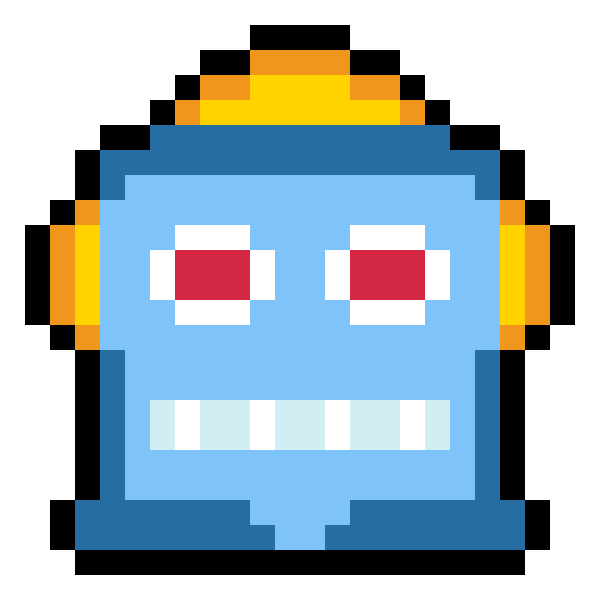197 reads
One Go Codebase, Five Platforms: My Cross-Platform Build Journey
by
August 7th, 2025
Audio Presented by

The Digital Futurist. The | Gen AI | Agents | Blockchain | Quantum | Mastery Playbook. Subscribe!
Story's Credibility





About Author
The Digital Futurist. The | Gen AI | Agents | Blockchain | Quantum | Mastery Playbook. Subscribe!